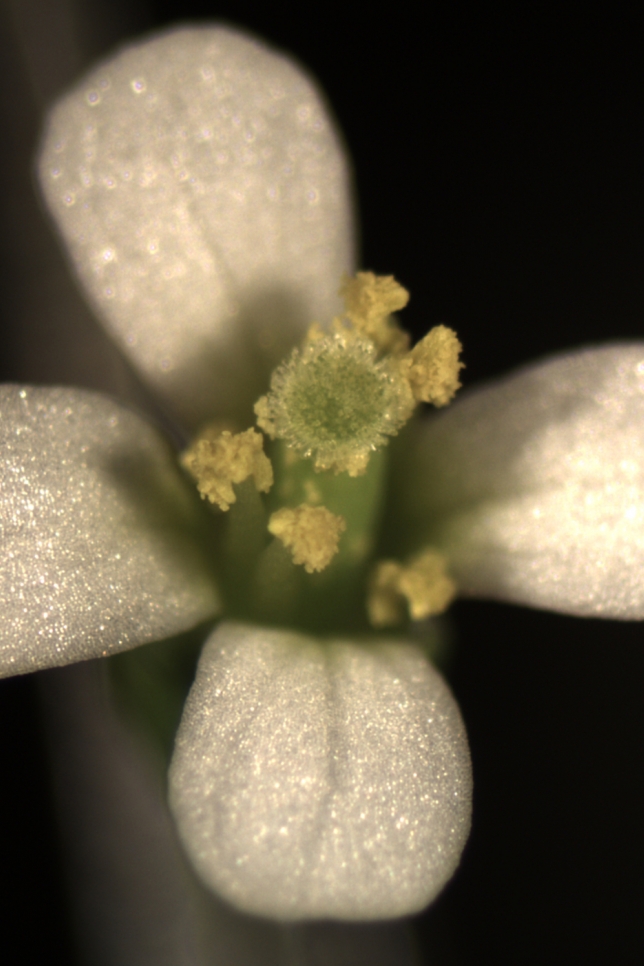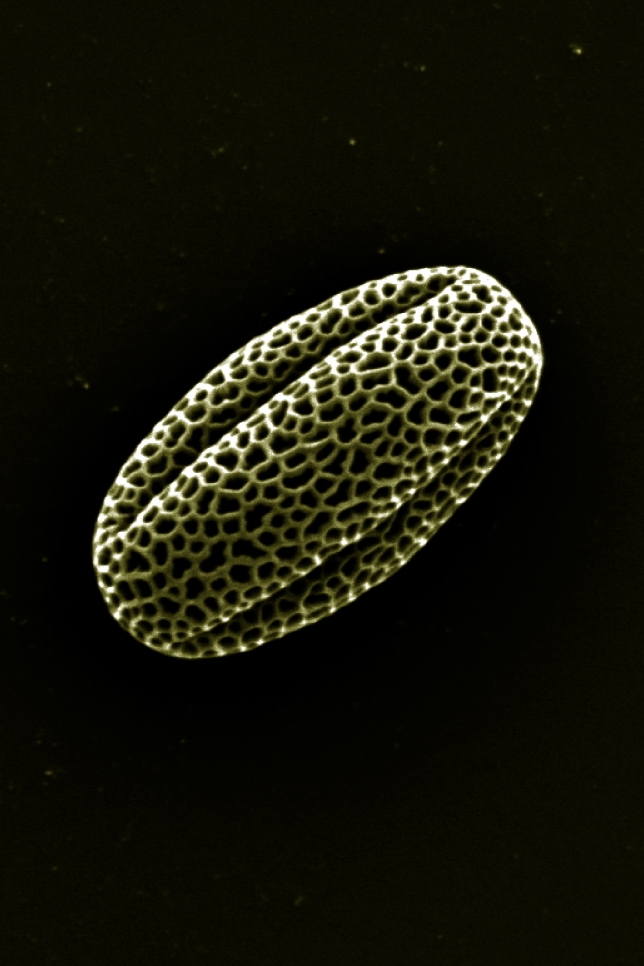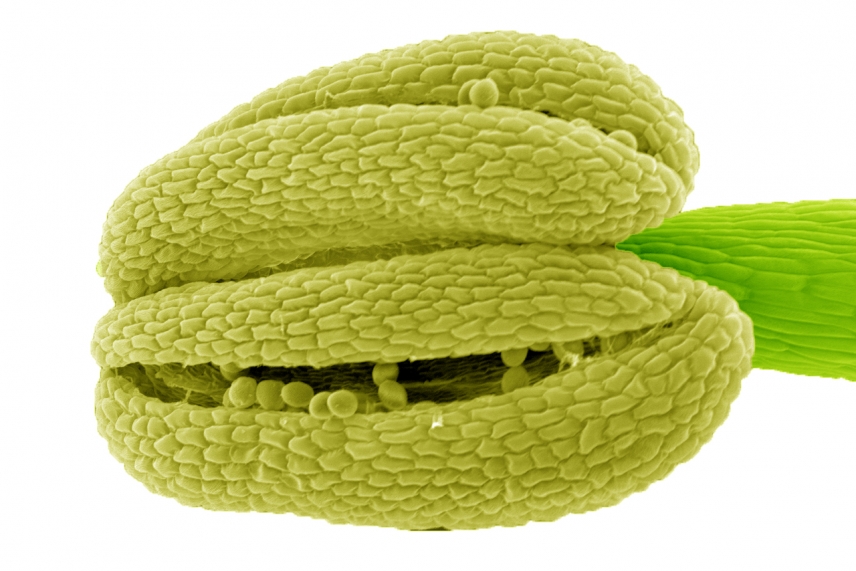
Jospeh Jacobowitz

Joseph Jacobowtiz
Designing plants that don't decay
This story is part of our series, A Good Environment for Sustainability Research. Click here to see all stories in this collection.
Plants are one of the best tools humans have to combat climate change. In order to live and grow, they suck up planet-warming carbon dioxide from the atmosphere, and “fix” it in their tissues. When the plant dies, however, most of these tissues are eventually degraded by animals, fungi, or other natural processes, and the carbon they hold returns to the atmosphere in the form of carbon dioxide once again.
But what if we could engineer plants to suck up more carbon -- and hold it for thousands of years? That’s the question underlying a long-term project on carbon sequestration, spearheaded by Whitehead Institute Members and plant biologists Jing-Ke Weng and Mary Gehring, new Whitehead Institute Member Jonathan Weissman, Massachusetts Institute of Technology (MIT) professor of mechanical engineering and civil and environmental engineering and expert in polymer design Xuanhe Zhao, and MIT professor of chemistry and expert in directed evolution Matthew Shoulders.
“In addition to the conventional wisdom of reducing carbon emissions, we believe carbon sequestration technologies will also be very necessary to achieve a carbon neutral economy,” Weng said.
Some plant-produced materials -- albeit a small percentage -- do not decay easily. One such material is sporopollenin, the hard outer shell of pollen grains. Sporopollenin is notoriously tough to degrade or destroy. The material is so impenetrable, in fact, that it was not until 2018 that researchers led by Weng Lab postdoc Fu-Shuang Li managed to break it down to study its components.
“We actually have no idea how sporopollenin is degraded in nature,” said Sophia Xu, a graduate student in Weng’s lab. “It must be degraded to some extent, but it will definitely last a very long time,” added Joseph Jacobowitz, a former graduate student in Weng’s lab and a coauthor of the 2018 paper.

A flower's anther, where pollen is produced.
Joseph Jacobowitz
Through genetic and epigenetic editing -- Weissman’s area of expertise -- the researchers hope to create plants substantially enriched in tough, decay-resistant biopolymers like sporopollenin or suberin, the hardy material that gives cork its waxy texture, that will store carbon for a long time without degrading. The team also plan to look into tweaking some linkages of the cellulose and lignin polymers, which make up the bulk of plant biomass, to make them harder to be degraded by microbes.
The researchers estimate that if these modified plants can replace around 15% of the global woody vegetation, the world will actually be taking more carbon dioxide out of the atmosphere than it is putting in. When the plants die, they could be buried in place or used as decay-resistant building materials.
The project is an ambitious undertaking, and will take at least two decades of research and development to come to fruition. “Luckily, this approach has worked in the history of planet Earth,” Weng said. “During the Carboniferous period, the rise of vascular plants led to a dramatic drop of CO2 level from 3,000 ppm to the hundreds, which resulted in a large decrease of global temperature by almost eight degrees.”
If all goes according to plan, work on the project will begin in earnest early next year.
Topics
Contact
Communications and Public Affairs
Phone: 617-452-4630
Email: newsroom@wi.mit.edu
